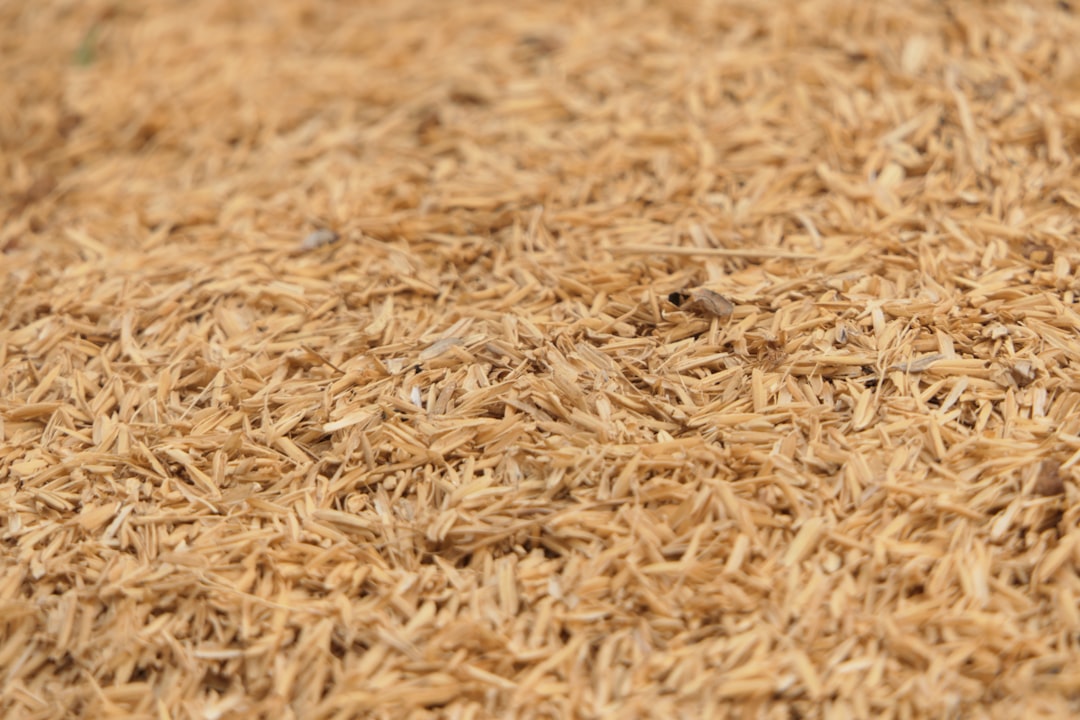What is it about?
The proposed "Quantum-Classical Transition Analogy (on the basis of 4-sets of analytical procedures)" for the diffusion-mobility relation unifies the hopping and band transport for both equilibrium and nonequilibrium cases. This is the alternative version of Einstein's relation for molecular and material systems.
Featured Image

Photo by Anne Nygård on Unsplash
Why is it important?
The quantum-classical transition analogy comprises 4-sets of analytical expressions to explicitly explains the electron dynamics in both the hopping and band transport systems with the entire thermodynamical ranges. This study suggests that for the systems of large chemical potential (or large degeneracy stabilization energy), we anticipate the electric field-response diffusion coefficient is more dominant than mobility. On the other hand, for highly degeneracy cases (in terms of large differential entropy), the typical transport is dominated by the mobility (or field-response mobility) rather than the diffusion coefficient. According to the four sets of analytical formalism, the Navamani−Shockley diode current density equation will be transformed.
Perspectives
The quantum-classical transition analogy of Einstein’s D/μ ratio (along with the four-sets of analytical procedures) is a more suitable analogy for both the molecular (e.g., organic) and material (e.g., inorganic) systems/devices in entire thermodynamic ranges, even it works under strong electric field conditions, which is the unified transport analogy. This is a basic anatomy for designing novel electronic devices, which might lead to a new dimension in next-generation semiconductor technology.
Dr. K. NAVAMANI
KPR Institute of Engineering and Technology
Read the Original
This page is a summary of: Quantum–Classical Transition Analogy of the Diffusion–Mobility Relation for Hopping and Band Transport Systems: Molecules to Materials, ACS Omega, April 2023, American Chemical Society (ACS),
DOI: 10.1021/acsomega.2c08046.
You can read the full text:
Contributors
The following have contributed to this page










